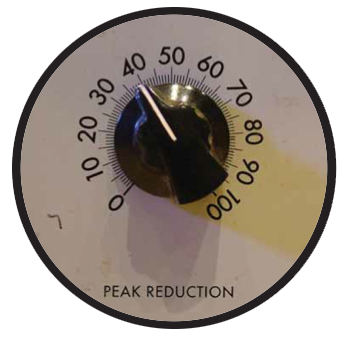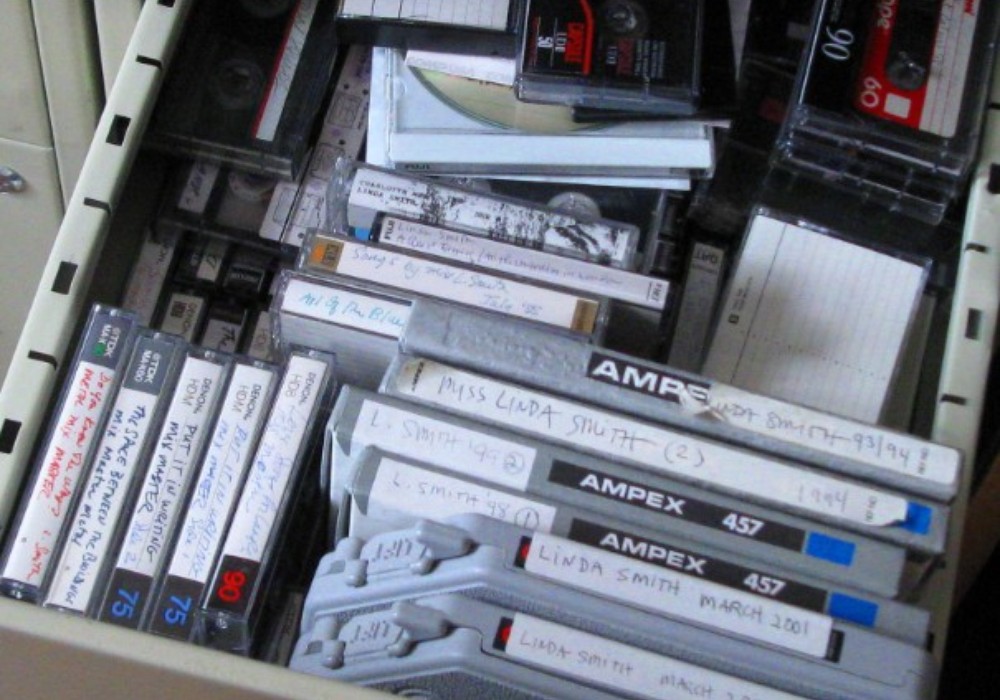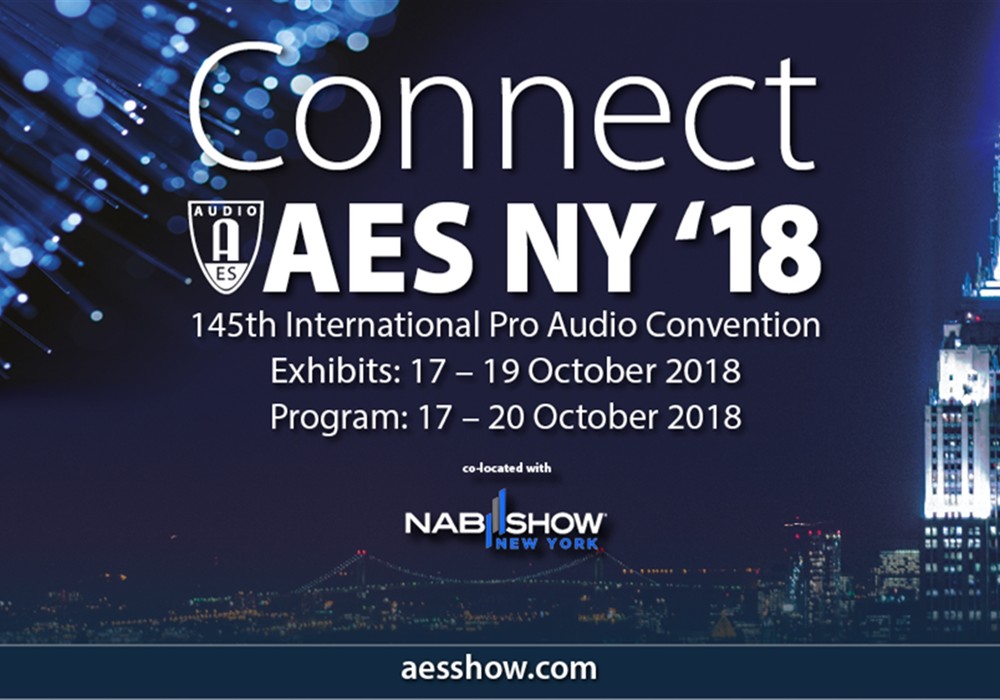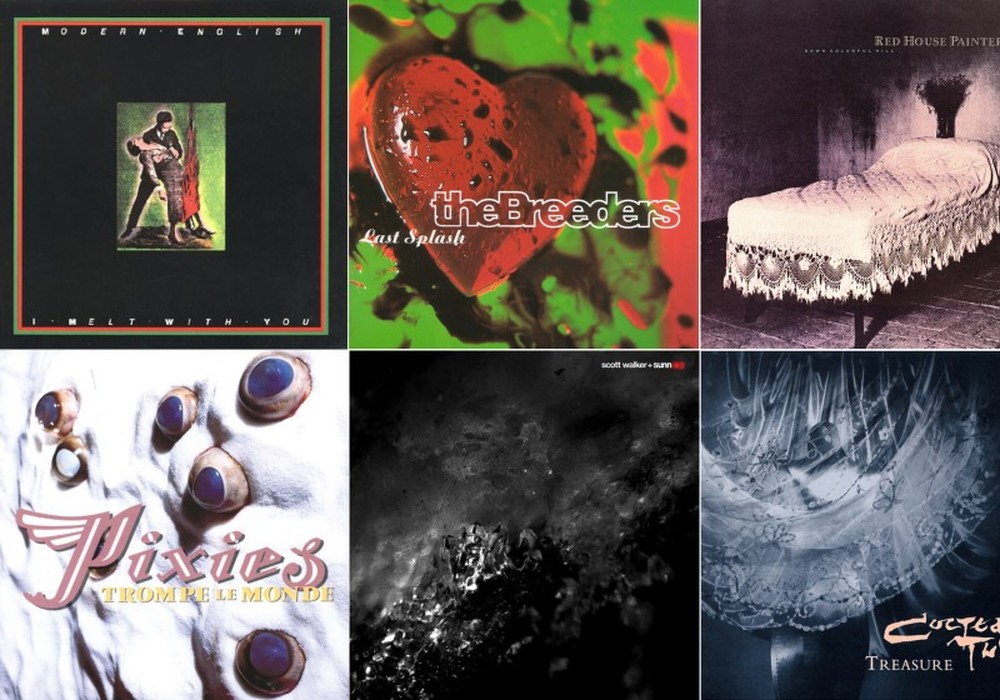CASE ONE:
Many years ago I was sent a very complex piece of recording equipment to review. It basically performed one simple function; but its inherent design was the concept that every parameter could be adjusted. Some similar devices I already owned got by with three buttons and a knob, but this thing had at least 12 switches and knobs. What was gained by this? If you had the time, you could certainly coax unique sounds out of this unit. But my time on sessions is valuable; I need to get levels set and start rolling as fast as possible. Sure, I change things when they don't work, but I don't need an unlimited array of possibilities available on every piece of recording gear. The real glaring downside was how easy it was to get sources to sound completely awful with this device. A lousy, muddy vocal or a painfully shrill guitar track were just a few simple clicks away. Awful.
Around that same time I purchased a channel strip from a respected boutique manufacturer. It immediately impressed me with its versatility and excellent sound. When I mentioned to its designer the fact that it was difficult to get a bad sound out of it, his comment was, "Why would you want to build something that could sound bad?" I constantly use this device for vocal tracking, as well as other important tasks. It's never let me down. Not once.
CASE TWO:
We once received a very interesting studio tool, based on some new technologies. It had a little LCD screen on the front, as well as various knobs that would change functions, depending on the internal parameters. Surely this would be an interesting and fun thing to use in a session. I never did patch into it. I wasn't sure how to set it up, or what the terms on the little screen were referring to. I kept it around thinking that maybe some of the freelance engineers would study it and put it to use. After a few months I asked around - one person used it... once. I sold it to a guy with a home studio; he loved that he could pull all these sounds out of it. We just never had the time to mess with it.
THE POINT:
I beg of any manufacturers: please take the above experiences into consideration. I personally own some equipment that has features I do not fully comprehend. For instance, there wasn't time to read a manual when we racked it up; I'm always on the clock when I'm in my control room, so I have to get right to work. Some of these devices I never use. If no one uses them, they generally get sold off. What does get constant use? Great sounding one-knob preamps. Compressors with two to four knobs. A chorus unit with four buttons. A reverb with super simple parameter settings. An ADSR filter with two knobs. I gravitate towards easy-to- use gear that rarely sounds bad. Clear controls always win in a commercial studio. That's how we have time to focus on the music and the players. Thanks!








